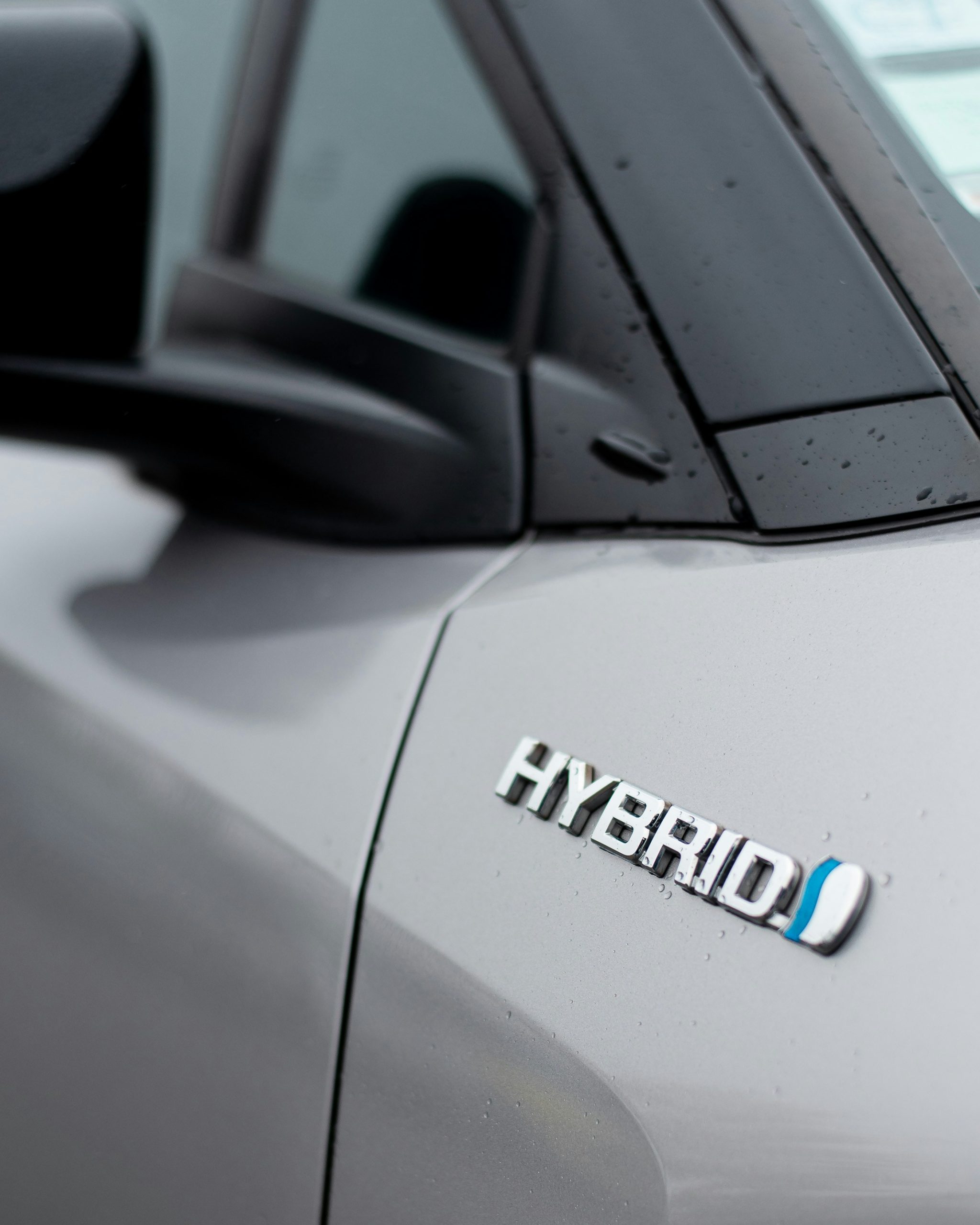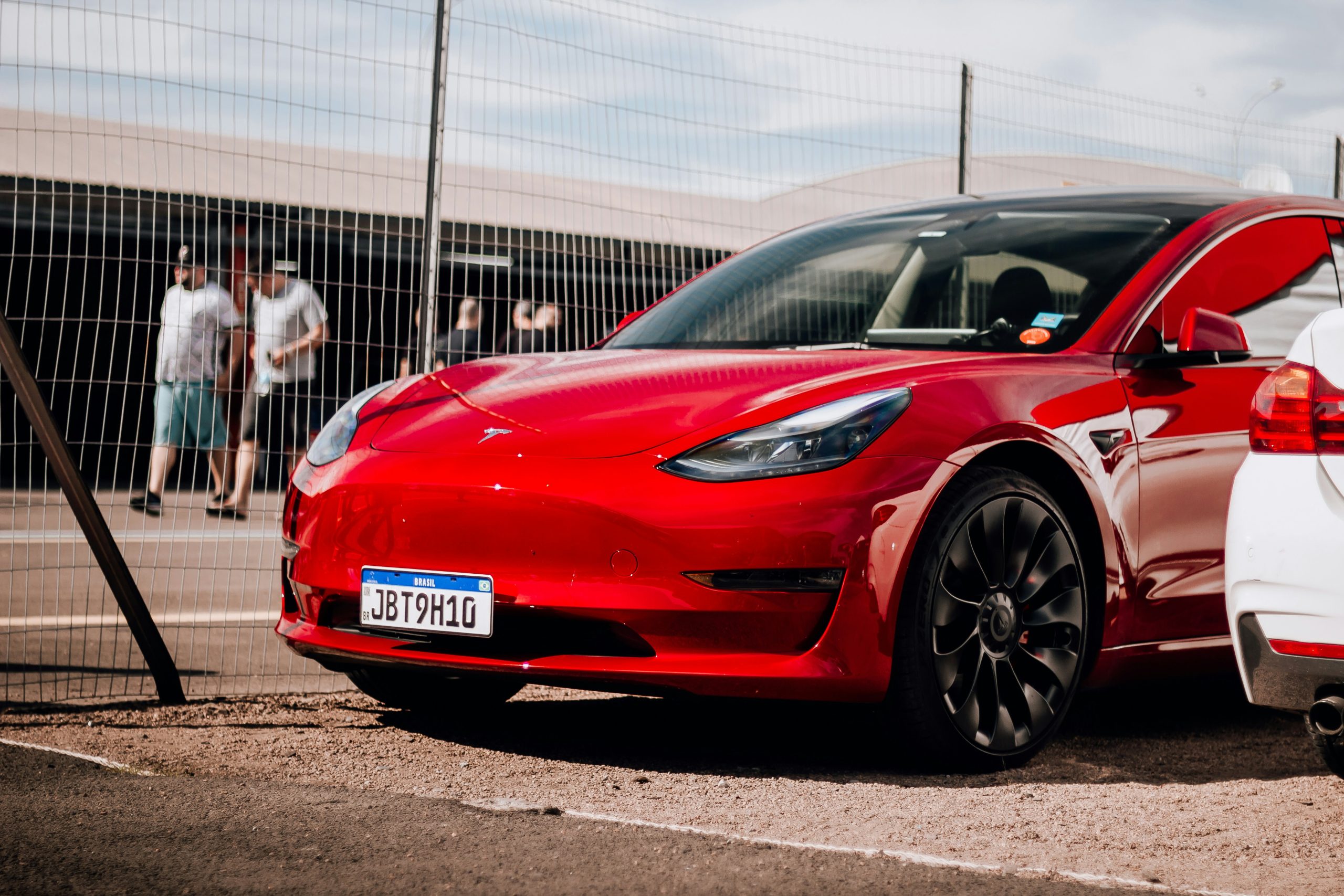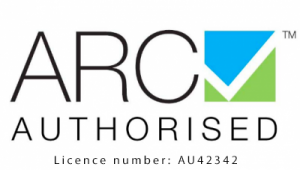As environmental concerns continue to grow, more drivers are exploring eco-friendly transportation options. Hybrid vehicles have become a popular choice for those looking to reduce emissions without fully transitioning to electric vehicles. Combining the benefits of internal combustion engines with electric motor technology, hybrid vehicles offer a practical solution for everyday driving. In this article, we’ll introduce hybrid vehicles, with a focus on how they work, particularly through the lens of the Toyota Hybrid System.
What Is a Hybrid Vehicle?
A hybrid vehicle operates using two different power sources: a traditional internal combustion engine (ICE) and an electric motor powered by a battery. This dual system is designed to maximize fuel efficiency while reducing overall emissions. Depending on the vehicle type, it can either alternate between these two power sources or use them in tandem.
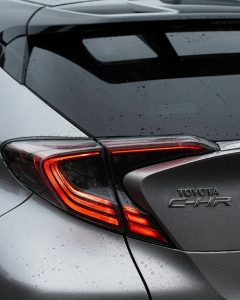
Types of Hybrid Vehicles
There are three primary types of hybrid vehicles:
Mild hybrids assist the internal combustion engine with an electric motor, but they do not allow the vehicle to run on electric power alone. The motor helps during acceleration and other high-energy phases, improving fuel efficiency and reducing strain on the engine. Mild hybrids do not require external charging, as the battery is replenished via regenerative braking and engine power.
Full hybrids (sometimes referred to as parallel hybrids) can use the electric motor independently for short-distance, low-speed driving or in conjunction with the internal combustion engine. Full hybrids switch seamlessly between electric power and petrol power depending on driving conditions, and like mild hybrids, they use regenerative braking to recharge the battery.
Plug-in hybrids (PHEVs) come with larger batteries that enable longer electric-only driving ranges. These vehicles can operate in fully electric mode for short distances, and once the battery is depleted, the internal combustion engine takes over. PHEVs can be plugged into an external power source to recharge the battery, offering greater flexibility for short commutes and longer trips.
How Do Hybrid Vehicles Work?
Hybrid vehicles leverage a combination of electric power and petrol to optimize fuel efficiency. While different manufacturers may implement hybrid technology differently, the Toyota Hybrid System (THS) stands out as one of the most successful and widely adopted hybrid systems globally. Let’s take a deeper dive into how hybrid vehicles, particularly those using Toyota’s system, function.
Toyota Hybrid System Overview
Toyota introduced its hybrid system with the launch of the Prius in the late 1990s, revolutionising the automotive world with its focus on fuel efficiency and lower emissions. Toyota’s hybrid vehicles are known for seamlessly integrating electric power and internal combustion engines, creating a highly efficient driving experience.
Key Components of the Toyota Hybrid System
Internal Combustion Engine (ICE): The Toyota Hybrid System pairs a traditional petrol engine with an electric motor. Depending on the driving conditions, the engine can either work alone or in conjunction with the electric motor.
Electric Motor: The electric motor assists the petrol engine during acceleration and can operate the vehicle independently at low speeds. It is powered by a high-voltage battery that stores energy generated during braking and deceleration.
Hybrid Battery: Toyota’s hybrid vehicles use a high-voltage nickel-metal hydride (NiMH) or lithium-ion battery to power the electric motor. This battery is recharged during driving through regenerative braking, which captures energy that would otherwise be lost during braking.
Power Split Device: One of the unique features of the Toyota Hybrid System is its power split device, a planetary gear set that allows the engine and electric motor to operate independently or in tandem. This system optimally allocates power between the engine, electric motor, and wheels, providing a smooth transition between driving modes.
Hybrid Synergy Drive (HSD): The heart of the Toyota Hybrid System is the Hybrid Synergy Drive, which allows the car to switch seamlessly between electric and petrol power. It ensures the most efficient use of power by balancing energy demands based on driving conditions.
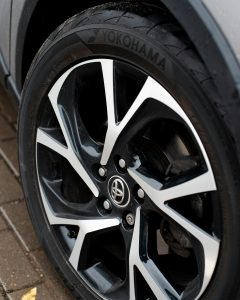
How the Toyota Hybrid System Operates
The Toyota Hybrid System intelligently manages power distribution between the internal combustion engine and electric motor to maximize efficiency. Here’s how the system works under various driving conditions:
Starting and Low-Speed Driving: When starting the car or driving at low speeds (typically under 40 km/h), Toyota hybrids rely primarily on the electric motor. The internal combustion engine remains off, which reduces fuel consumption and emissions. This electric-only mode is particularly beneficial in stop-and-go traffic or during city driving.
Acceleration and High-Speed Driving: During acceleration or high-speed driving, the internal combustion engine kicks in, providing additional power. The electric motor assists the engine, ensuring smooth and rapid acceleration. This combination allows Toyota hybrids to deliver strong performance while still maintaining high fuel efficiency.
Cruising: When the vehicle is cruising at a consistent speed, the hybrid system intelligently adjusts power sources. In some cases, the engine may provide all the necessary power, while at other times, the electric motor will assist in reducing fuel consumption. The power split device continuously works to find the most efficient distribution of energy between the electric motor and internal combustion engine.
Regenerative Braking: One of the critical features of Toyota hybrids is regenerative braking. When the driver applies the brakes or decelerates, the electric motor works as a generator, converting kinetic energy into electricity to recharge the hybrid battery. This process not only improves efficiency but also reduces wear on the braking system.
Stop and Idle Mode: When the vehicle comes to a complete stop, such as at a red light, the internal combustion engine shuts off, reducing fuel consumption and emissions. The car remains powered by the battery, which supports essential systems like air conditioning and lights. This feature, known as auto start-stop, ensures that no fuel is wasted while the car is idling.
Toyota Hybrid System’s Impact on Driving Experience
Toyota’s hybrid system is designed to provide a seamless driving experience, with drivers often unaware of the transitions between electric and petrol power. The synergy between these power sources optimises efficiency without compromising performance. In fact, Toyota hybrids are known for their smooth acceleration and quiet operation, particularly at low speeds when the electric motor is in use.
For drivers concerned about environmental impact, Toyota hybrids offer a way to significantly reduce fuel consumption and greenhouse gas emissions compared to traditional petrol-powered vehicles. At the same time, the reliability of the internal combustion engine provides the flexibility needed for longer journeys where charging stations may not be readily available, addressing one of the key concerns many have with fully electric vehicles.

